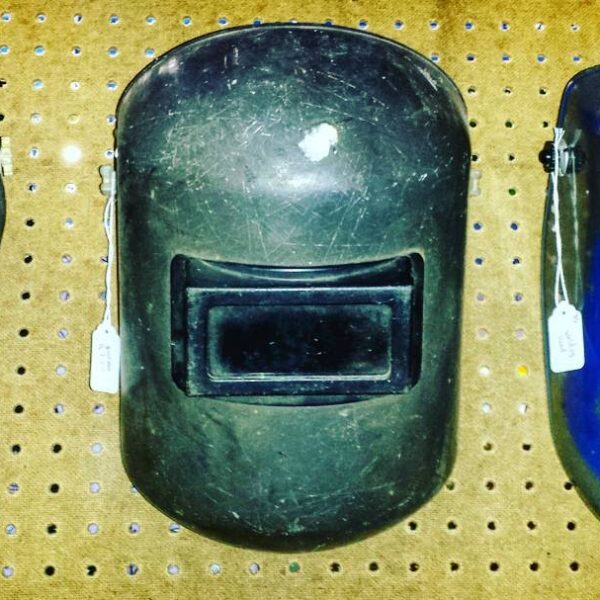Logging onto your PC just doesn’t work out for us sometimes, and it’s one of the most frustrating things in the world when you need to quickly print something off or answer an urgent email. When you only have 5 minutes, or that’s all you have for a break, being able to quickly deal with any mishaps is essential. With new hulking operating systems being released on a faster basis each year, more and more problems are arising with each new model. Take a look below for some tips on dealing with common computer problems.
It sounds cliche, but try turning your computer off and on again. There’s a chance that your system simply failed to start up properly this time and needs a reboot. If that doesn’t work, you can check some of the options below to help.
When The Computer Just Won’t Start
This could be indicative of no power, or power that just isn’t enough. So you’ll need to check that the computer is plugged in properly, and that you have the right cables to connect it all together.
You can also test to see if it’s a fault with the computer or the power by using the plug socket or power supply on another machine. If that doesn’t start either, then you may have a fault in your power system instead of the computer itself.
Bypassing A Blank Screen
So your PC won’t display anything on the monitor despite it being turned on and plugged in? This is one of the most annoying problems that happen all the time with computers. Firstly you’re going to have to check your monitor, as it might not be your PC that actually has the problem.
Then check your PC went through a power cycle and isn’t stuck in sleep mode. Make sure you turn your computer off properly the night before to keep this from happening.
When Any Software Is Running Slowly
When something is constantly running slowly, it may be a sign of a virus and you’ll need to take it for PC repairs. This could be your first port of call before you try any other high maintenance on your computer, as clearing off any potential nasty bugs before downloading or adding in new software is essential.
However, there are other things you can do. Check to see if there’s any updates you can make to your system drivers, as this could be where your performance dips. Some software may be incompatible with your hardware and therefore needs some boosting through the update. Whilst this may take some time, it means you’re less likely to run into trouble in the future.
Then check that you have enough space on your hard drive for everything to work properly. If there’s little room left, then your operating system may be suffering as a result as there’s no room for it to properly perform any functions. Clear out some stuff onto a USB or delete it, and you should be good.




Like this article? Share with your friends!